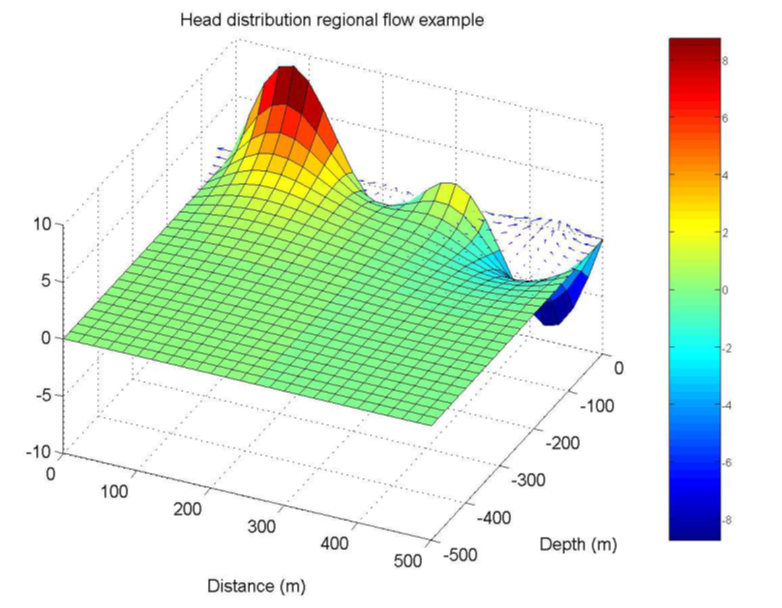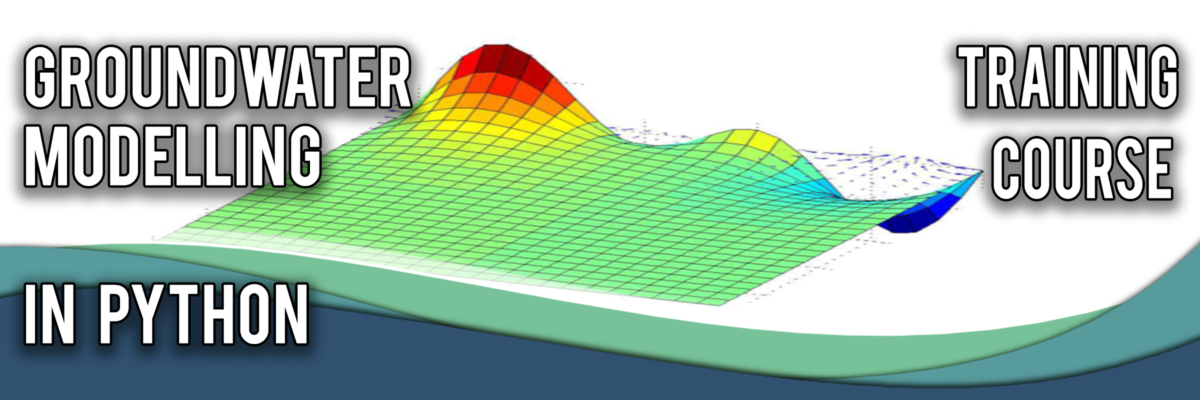On-demand
Groundwater modelling in Python
This course demonstrates how mathematical groundwater models can be implemented in Python

About
Take sessions at any time with unlimited access for 30 days on registration.
Mathematical models are an essential part of a hydrologist’s daily life. This course shows how you can use the immensely popular and powerful programming language Python to develop powerful analytical models. Solutions for flow problems in confined, unconfined and coastal aquifers will be provided, which may be steady state or transient. Problems involving wells, rivers and streams will also be covered.
This course is intended for hydro(geo)logists who already have experience with Python and is aimed at practitioners and researchers who want to use Python to create groundwater models. It will aid you in consolidating your knowledge of groundwater hydraulics and provide you with a set of ready-to-use Python scripts that can easily be adapted for other flow problems.
Details
| Format | x3, 2hour recordings; pre and post course materials to go through via the learning platform |
|---|---|
| Cost | AUD$895.00 (INC GST) |
| Code | OD-22-3-040 |
| Contact | training@awschool.com.au |
| Tags | Groundwater / Python |
Register your interest: https://awschool.com.au/training/groundwater-modelling-in-python/
Presenters
Vincent Post
Edinsi Groundwater
Mark Bakker
Technical University Delft





